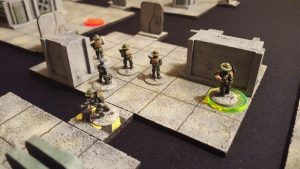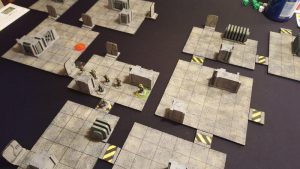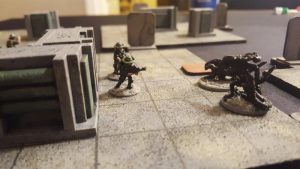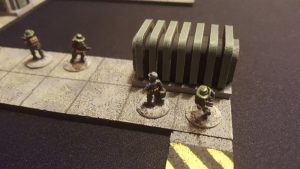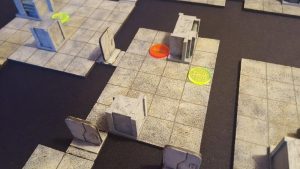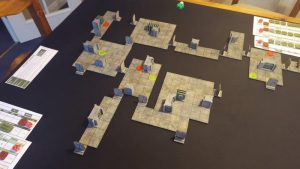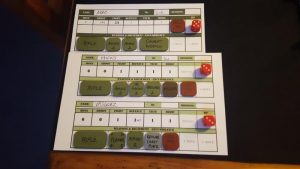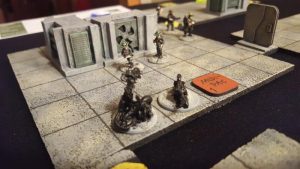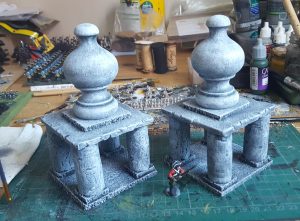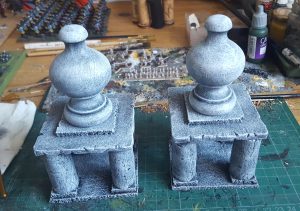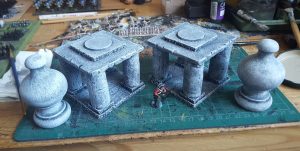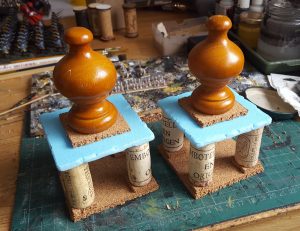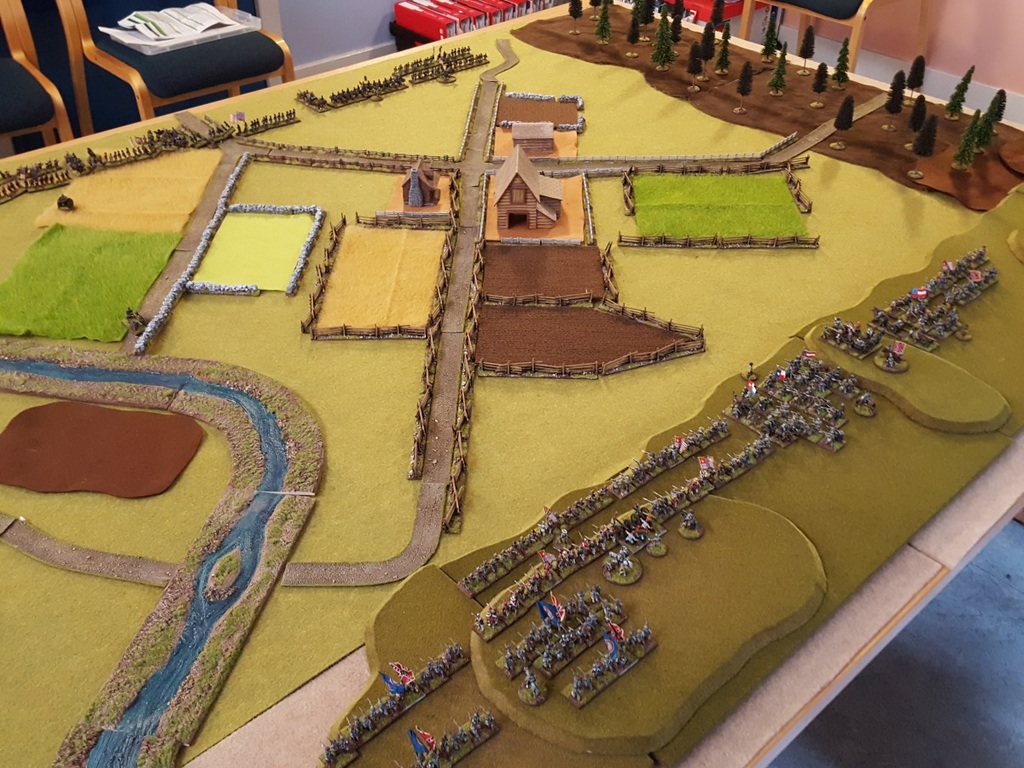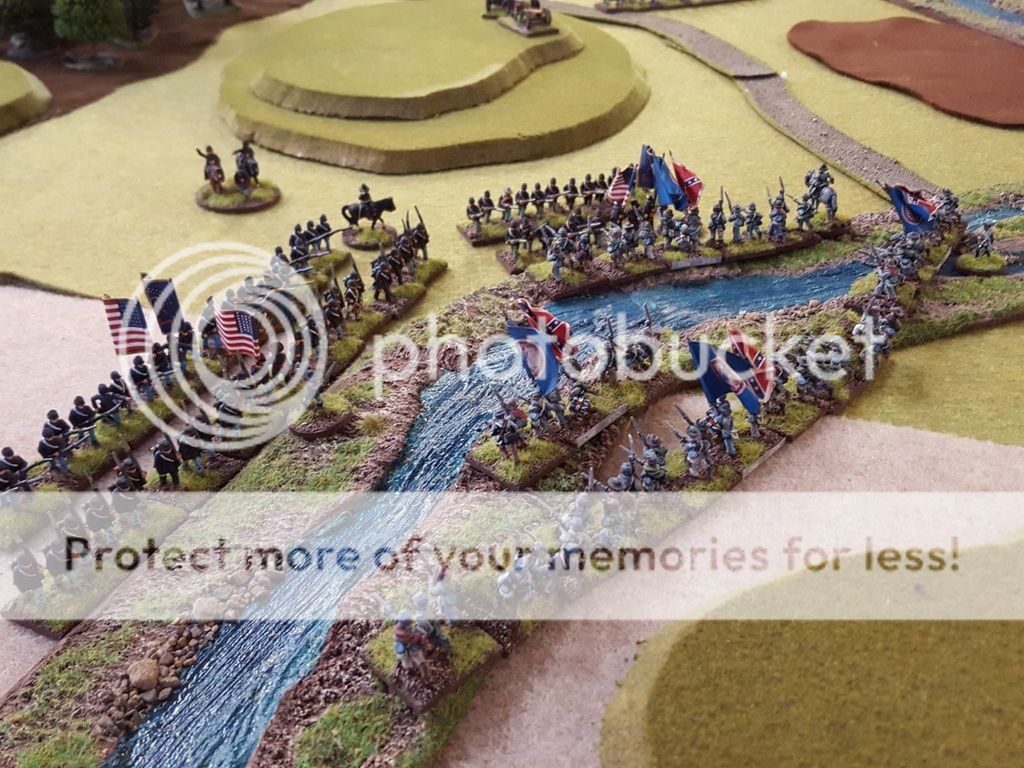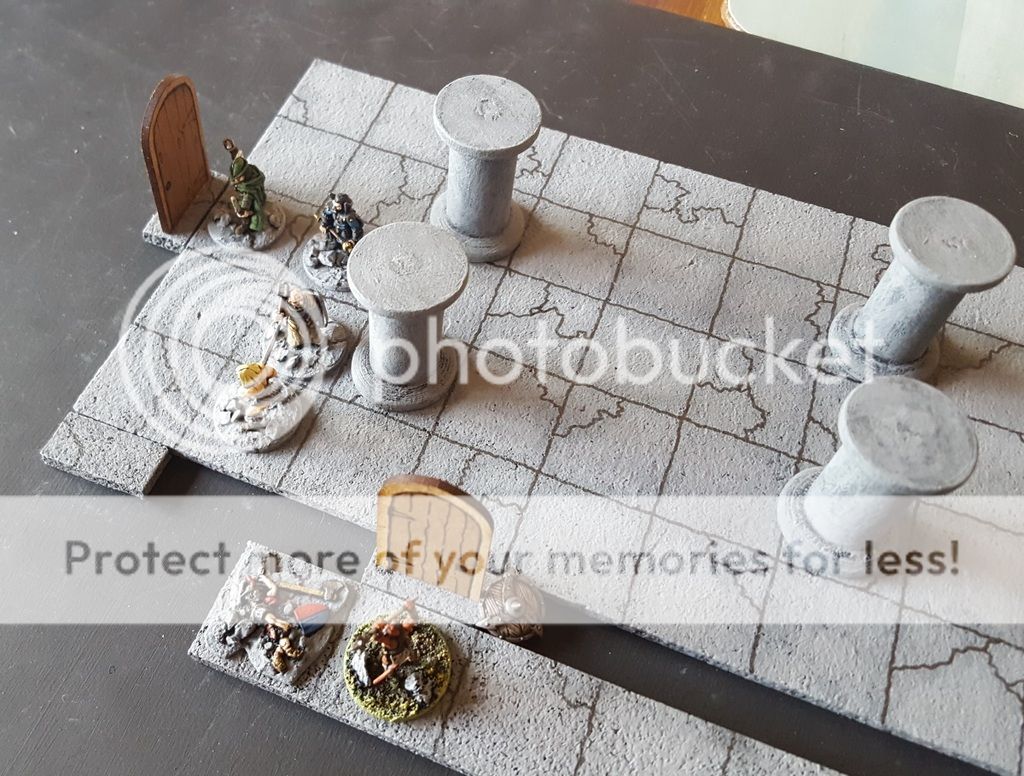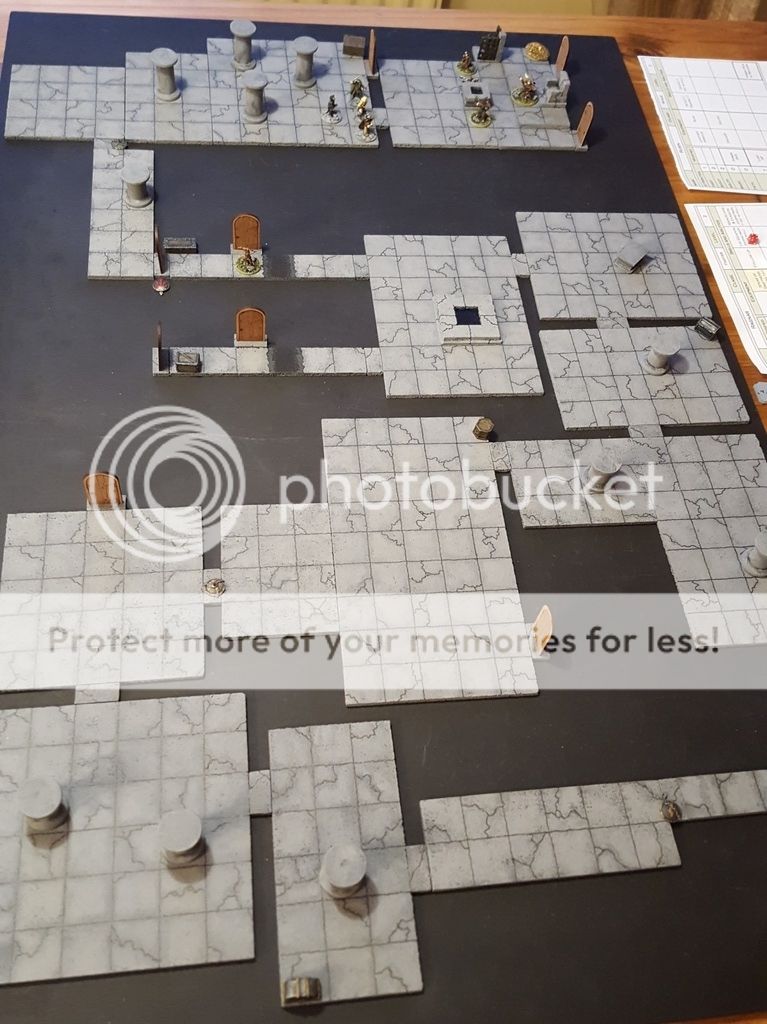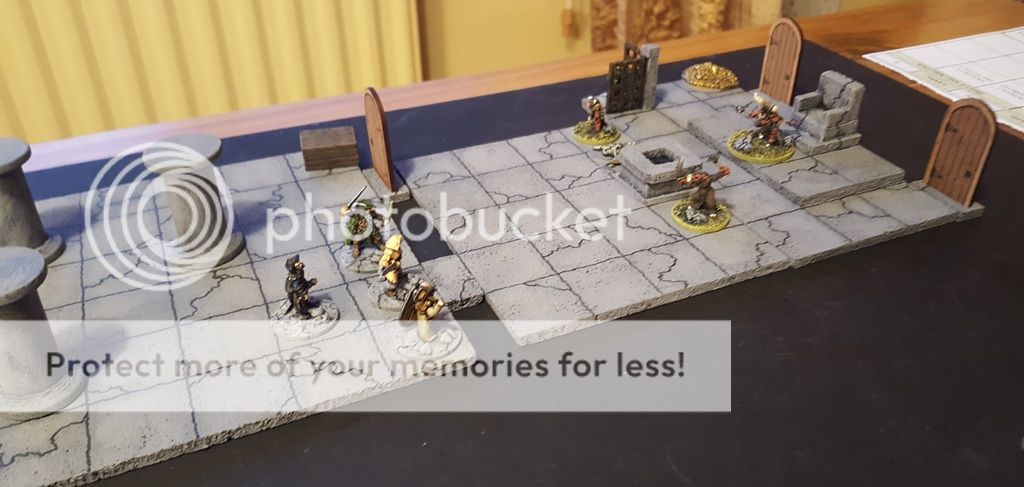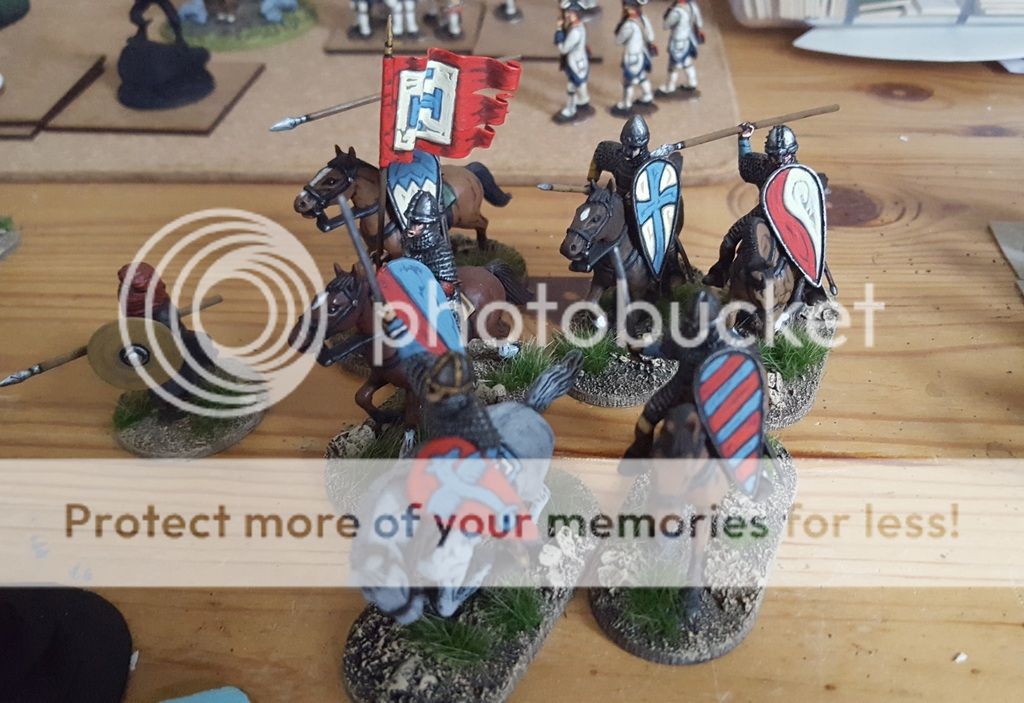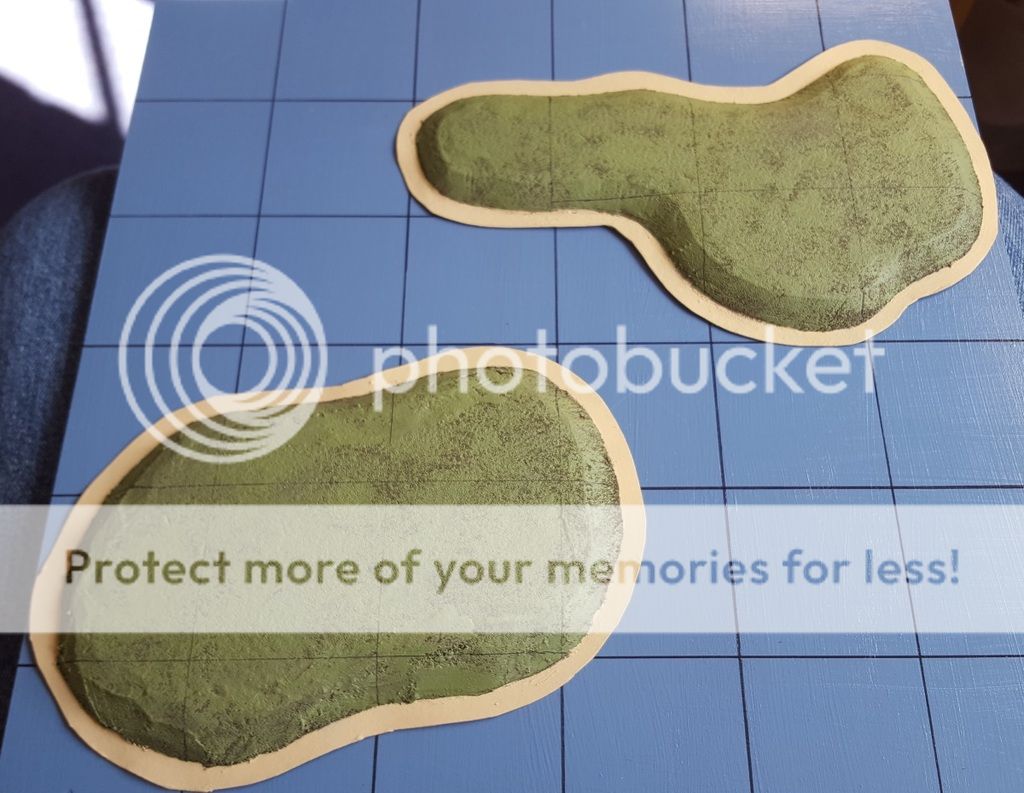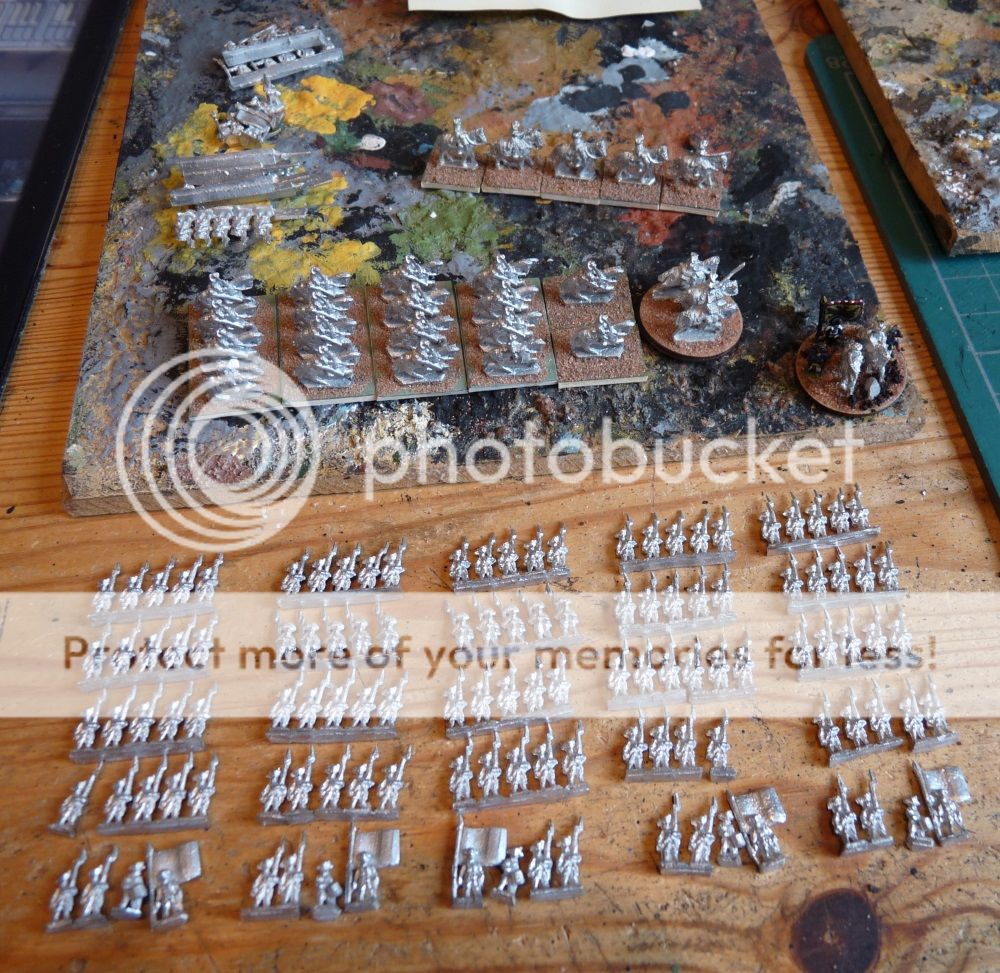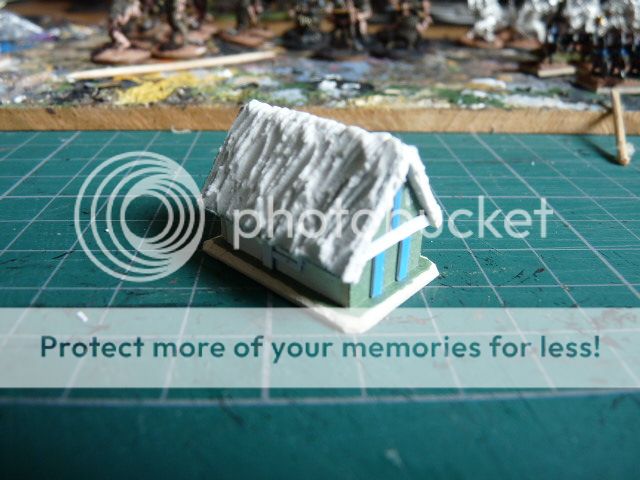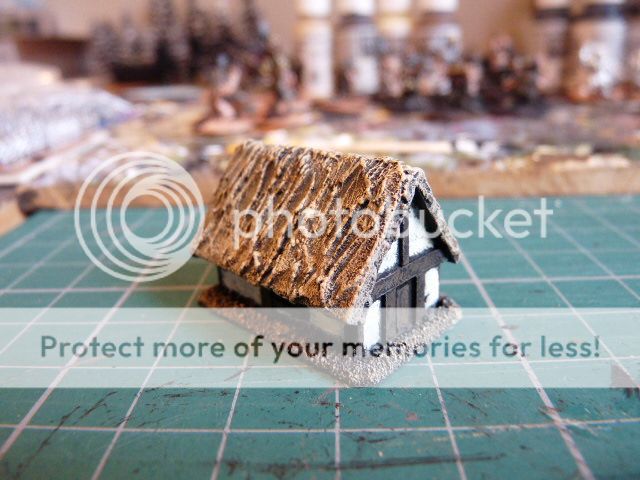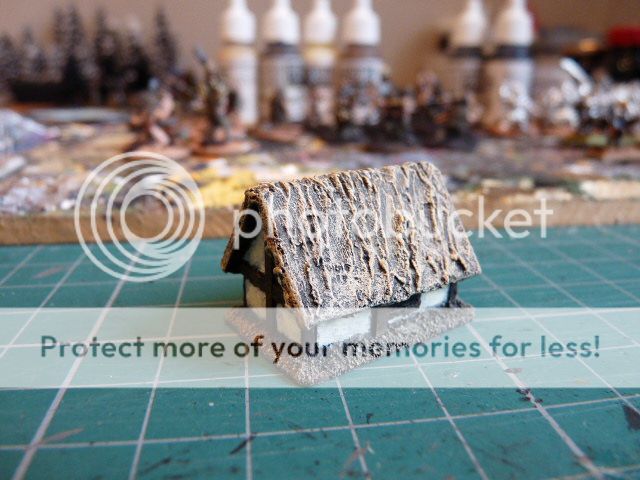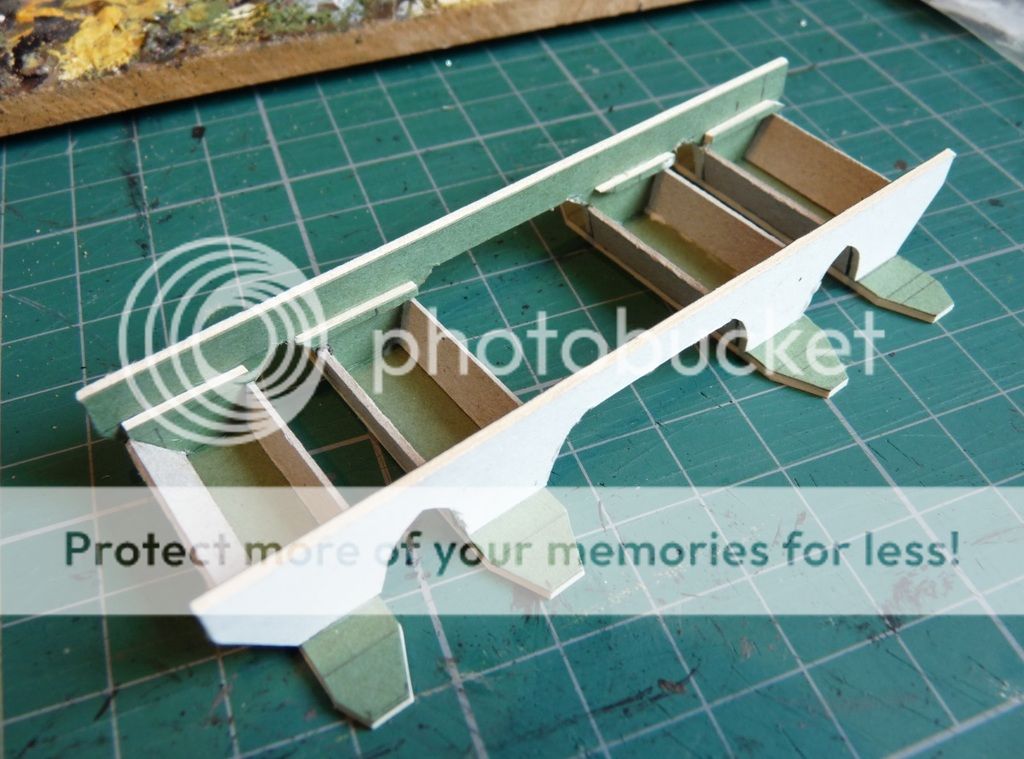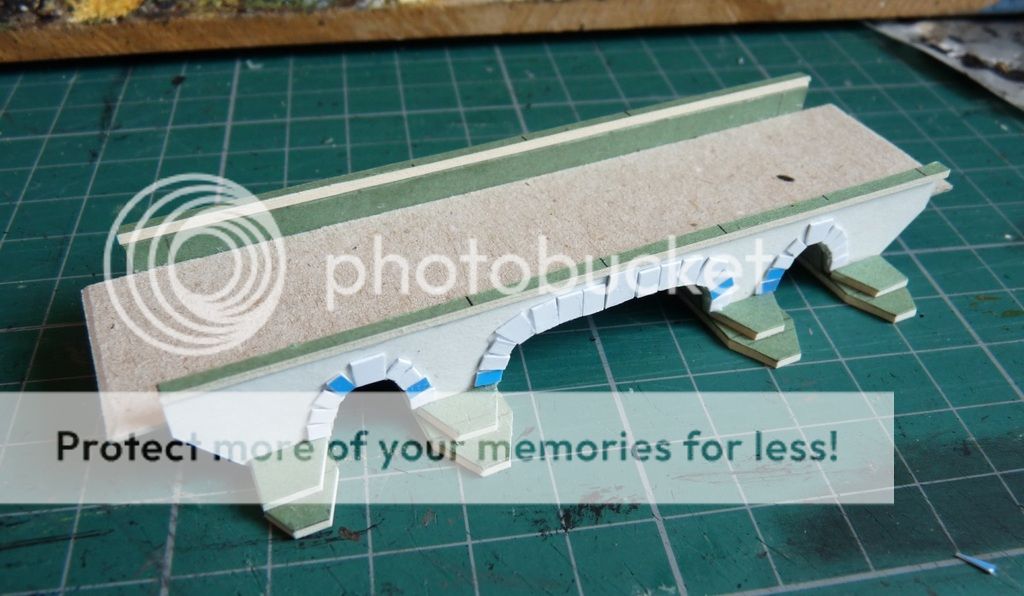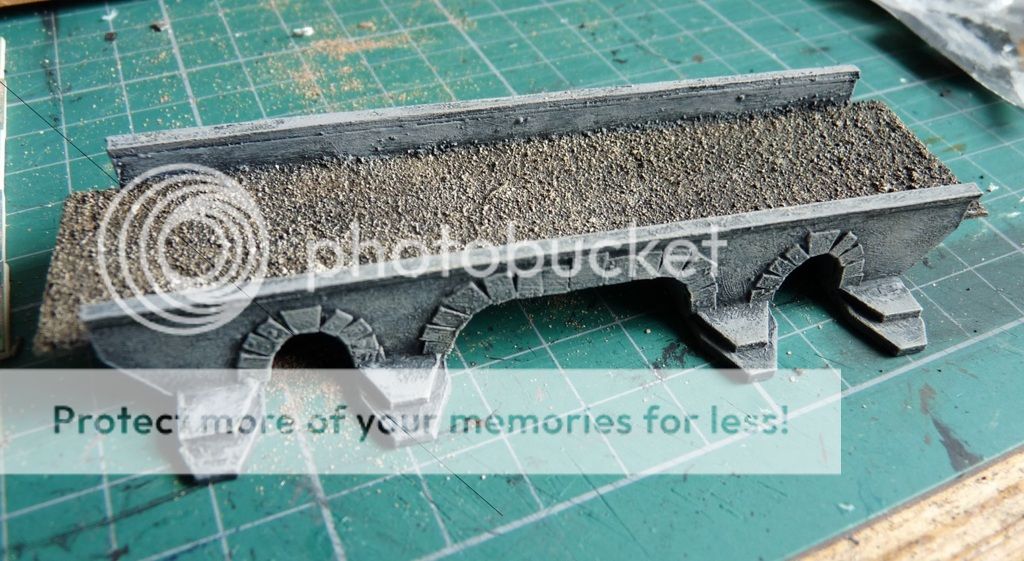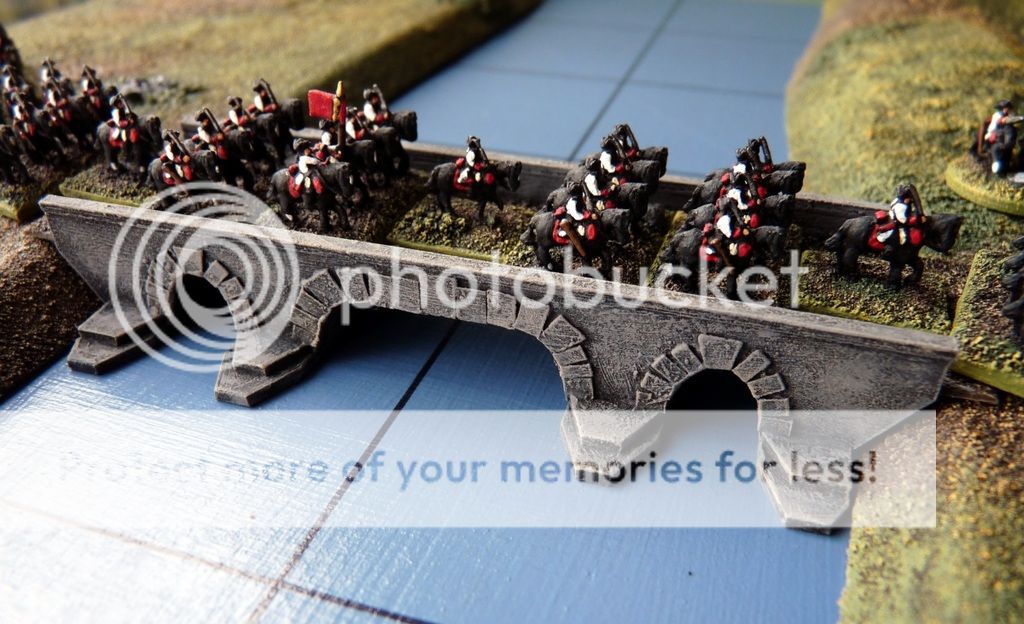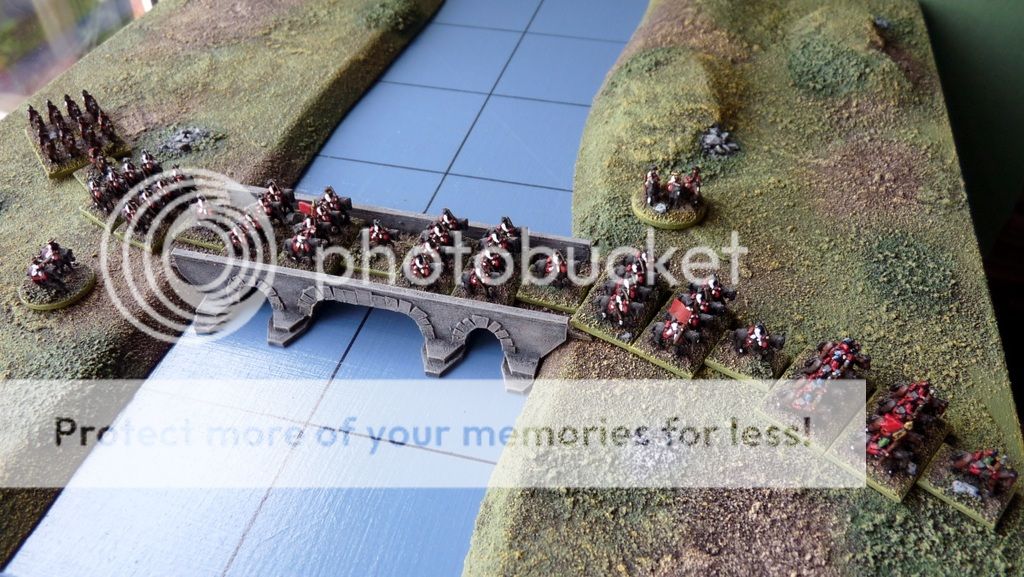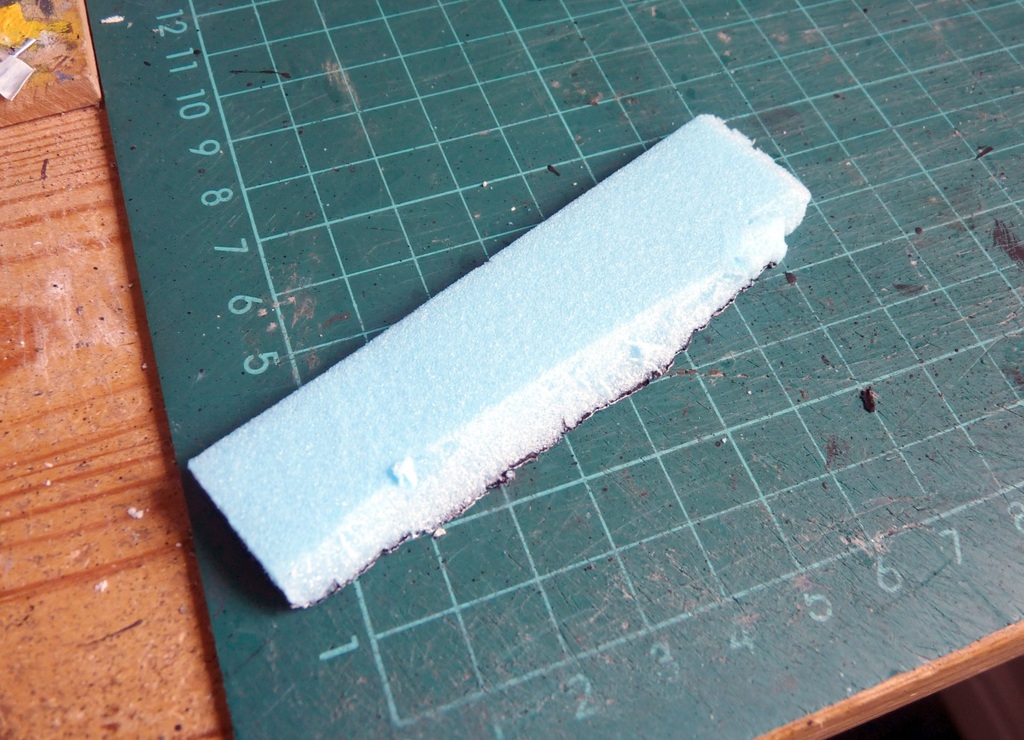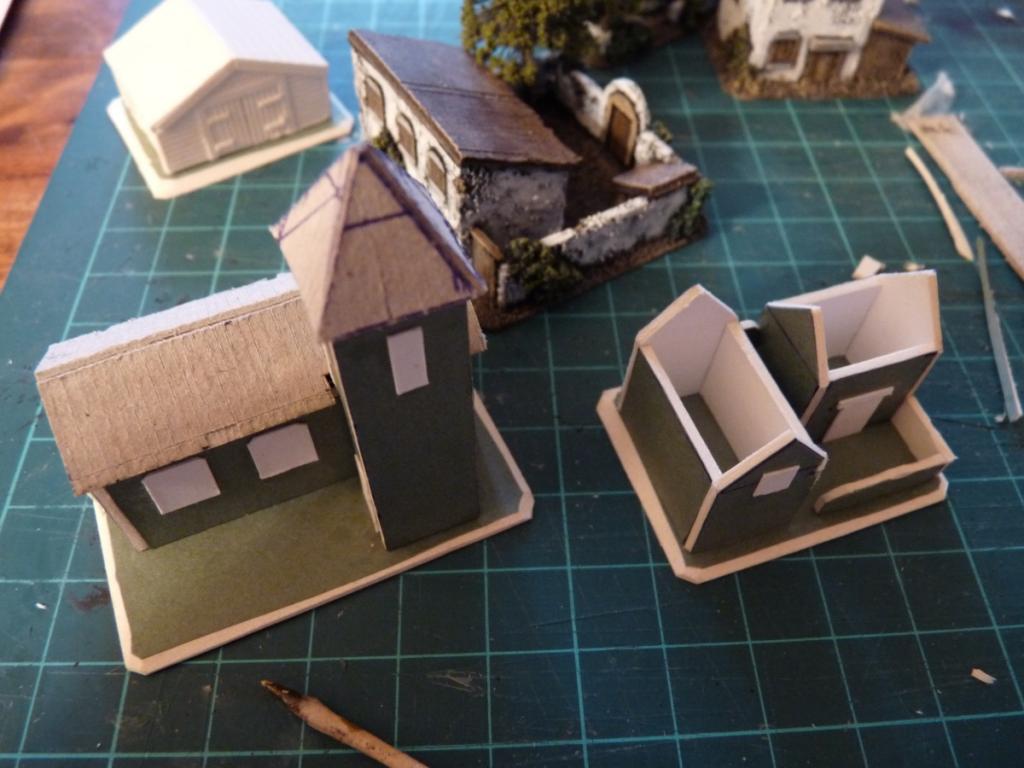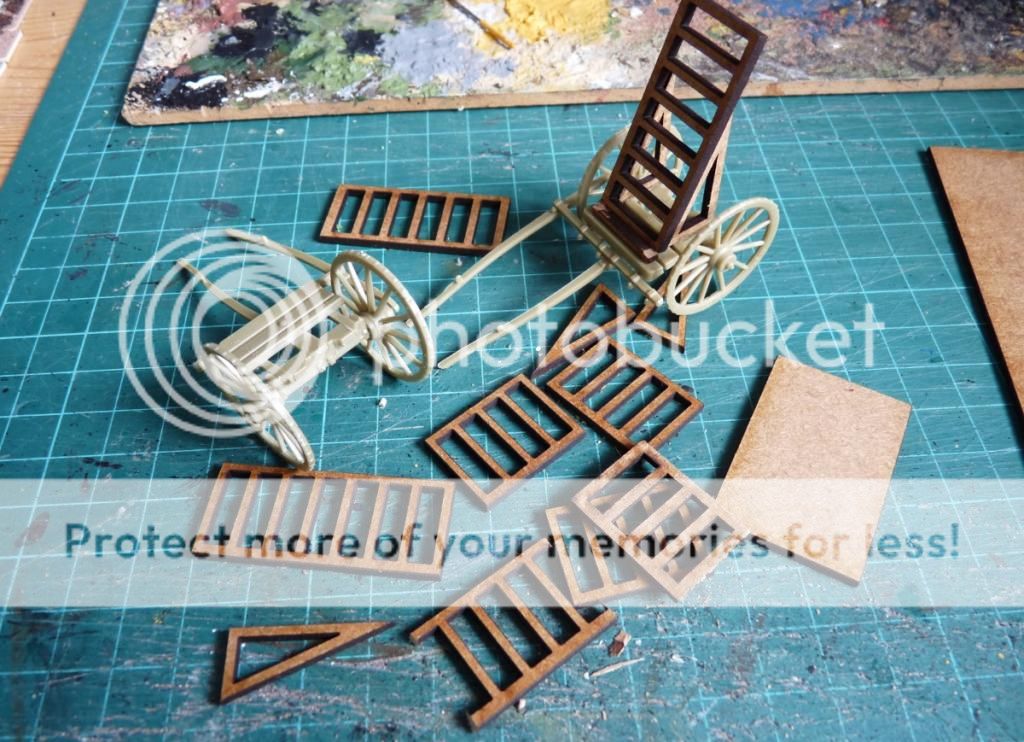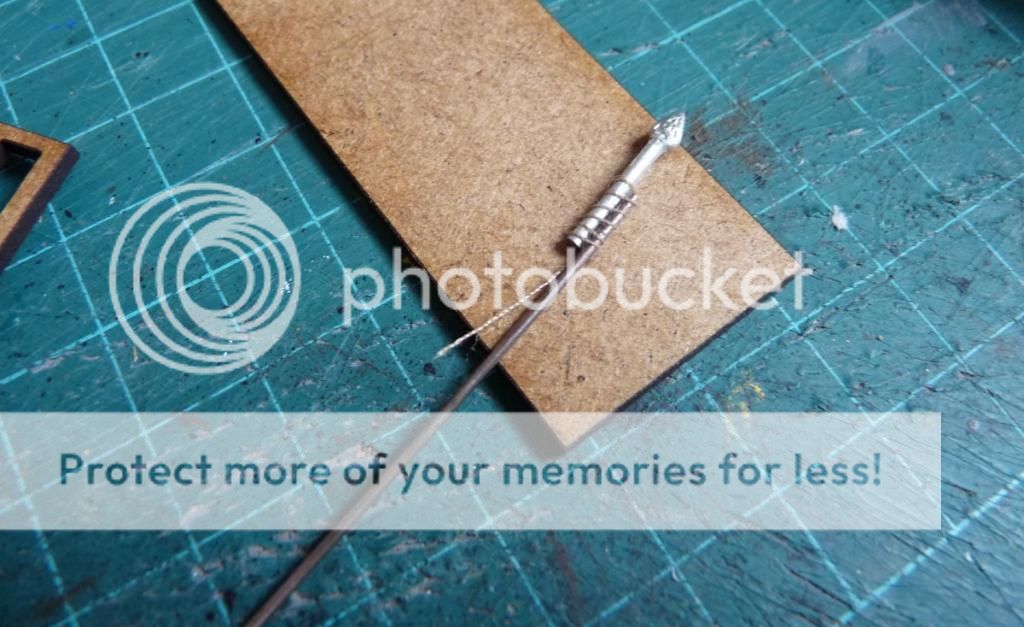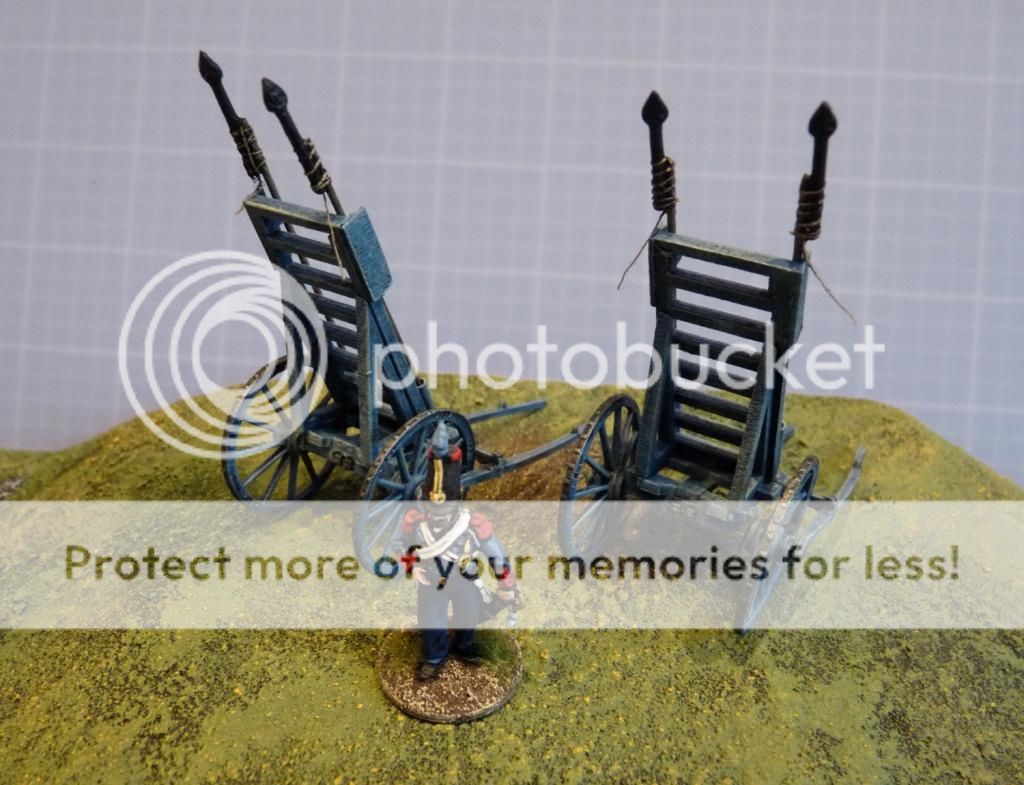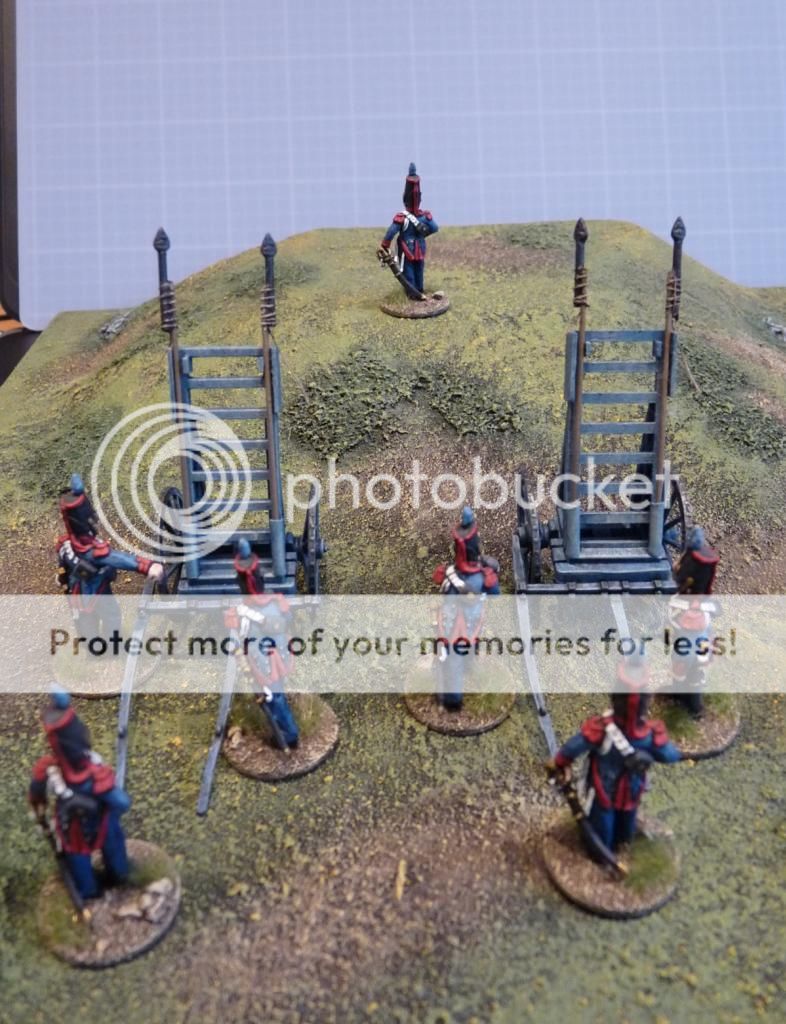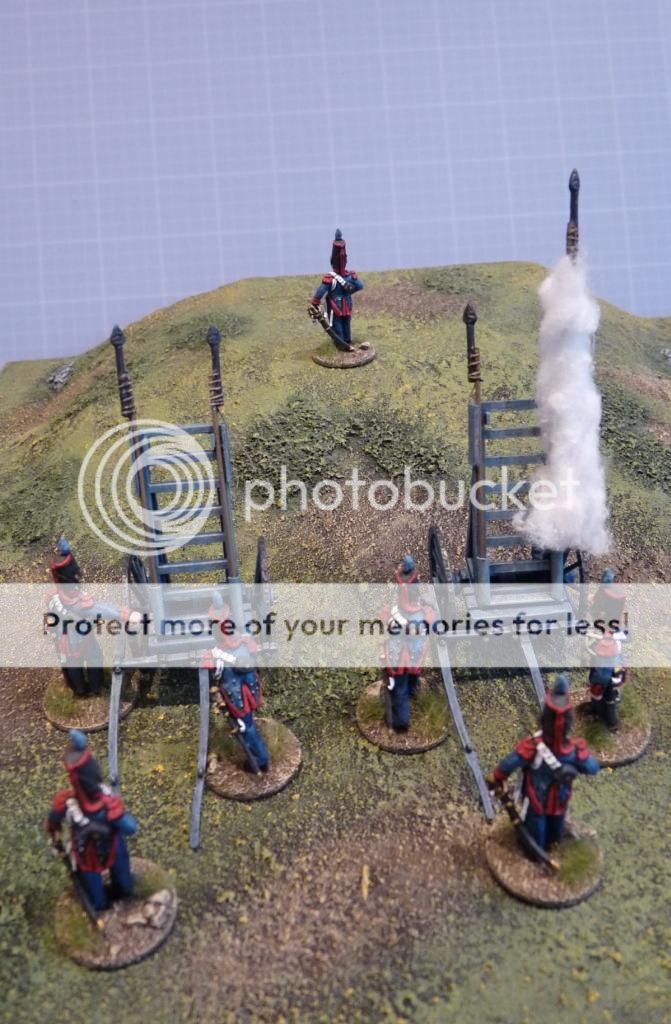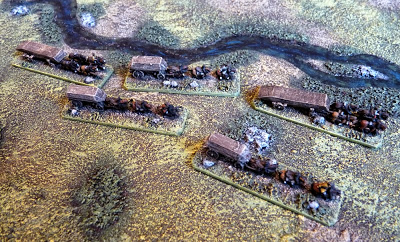A few chats over a few beers with my mate Jase recently led to the idea for a new game. It’s a derivative of our dungeon crawl game, but this time in a near future/sci-fi setting, with Alien-esque baddies creeping up on our gallant little band.
It’s a much simpler game than the fantasy one, with fewer enemies, no complexities like magic, and less character progression. It’s more of a beer & pretzels game, focusing on a special forces squad undertaking perilous missions into overrun facilities. Get in, do some stuff, and get out again while taking as few casualties from the very sneaky, very vicious, aliens as possible. Like Space Hulk, but with smaller, cheaper components.
Naturally, apart from painting a handful of GZG and Pendraken figures, we scratchbuilt everything… Cork tiles, mdf doors and features, equipment and other tokens, printed squad sheets, mission and layout cards, etc. It took about 4 weeks to get enough done to start playing, with each of us producing a share. Now we’re back-filling the missing bits so we each have a full set of everything.
We recently got together and played 5 games, all tense and challenging, but good fun too. Since then we’ve defined some more mission types and tweaked a couple of things based on what we learned from the initial games.
Like the dungeon game, its a 2.5D game in that it uses figures and some 3D scenic pieces, but there are no walls. The last thing I want from this type of game/project is fiddling around trying to reach and see the figures, let alone make dozens of feet of walls in all shapes and lengths.
Some more pics…
Escorting a xenologist through the complex so he can carry out a crucial bit of DNA collecting:
There are things to see and do…
A whole mission site set out – a fairly long way in, and then back out again.
A squad is made up of ‘characters’ and basic grunts. They get attributes, skills (characters only) and kit. Keeping track of ammo is important too of course.
Never be the rear gunner, even if you’ve got a flamethrower:
Covering all the angles:
A bit more to do to finish off my set, but it’s been a really enjoyable project and the game itself plays how we envisioned it.

